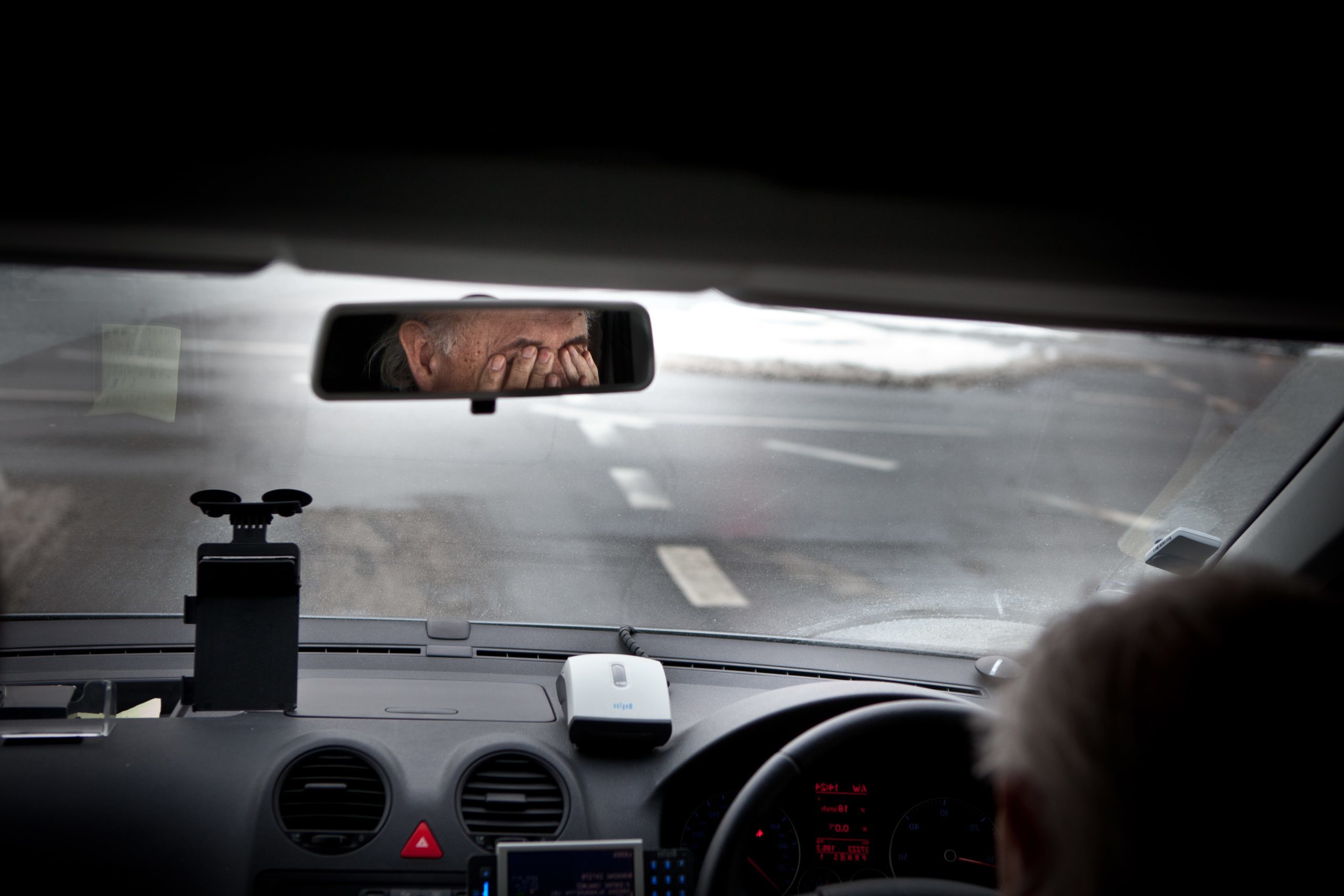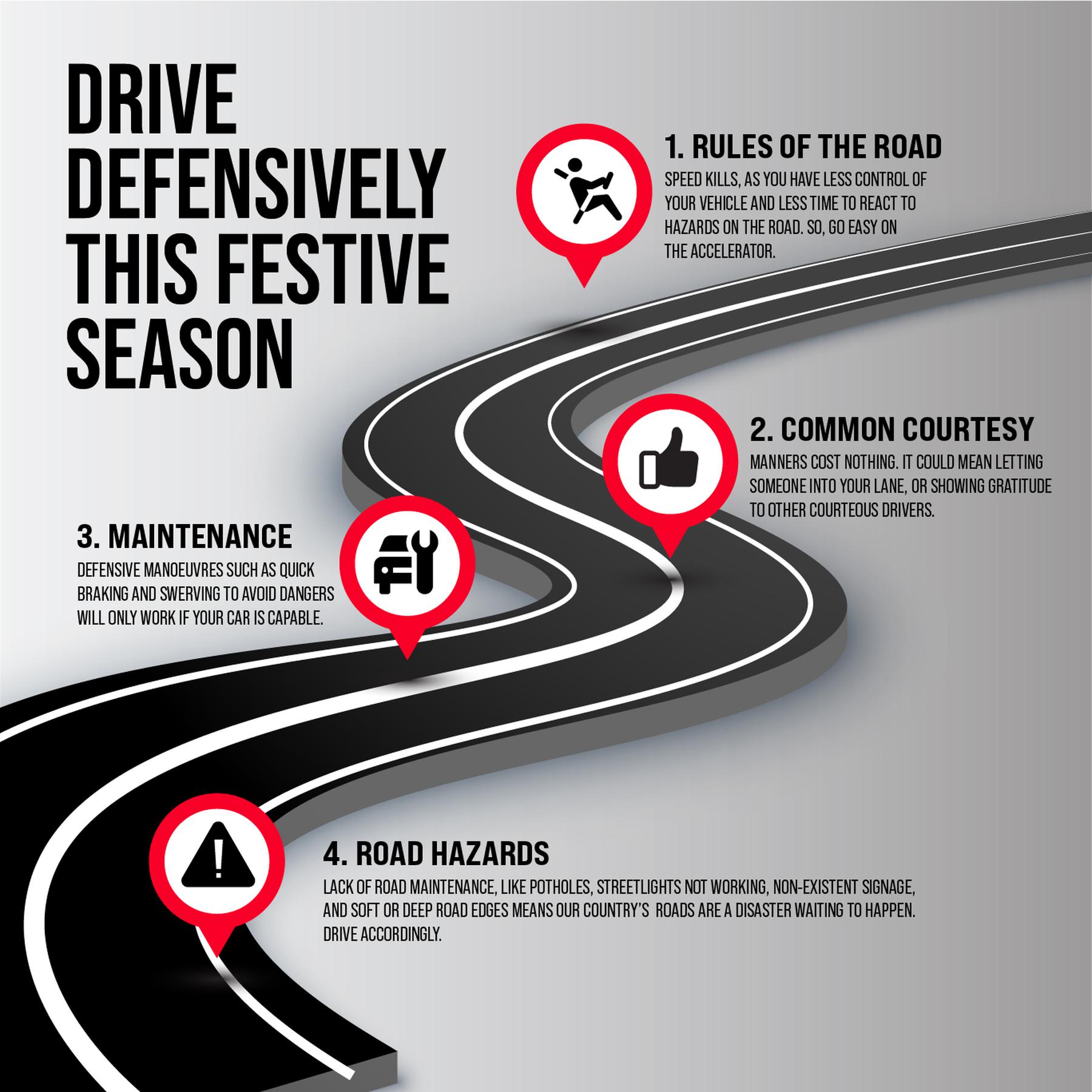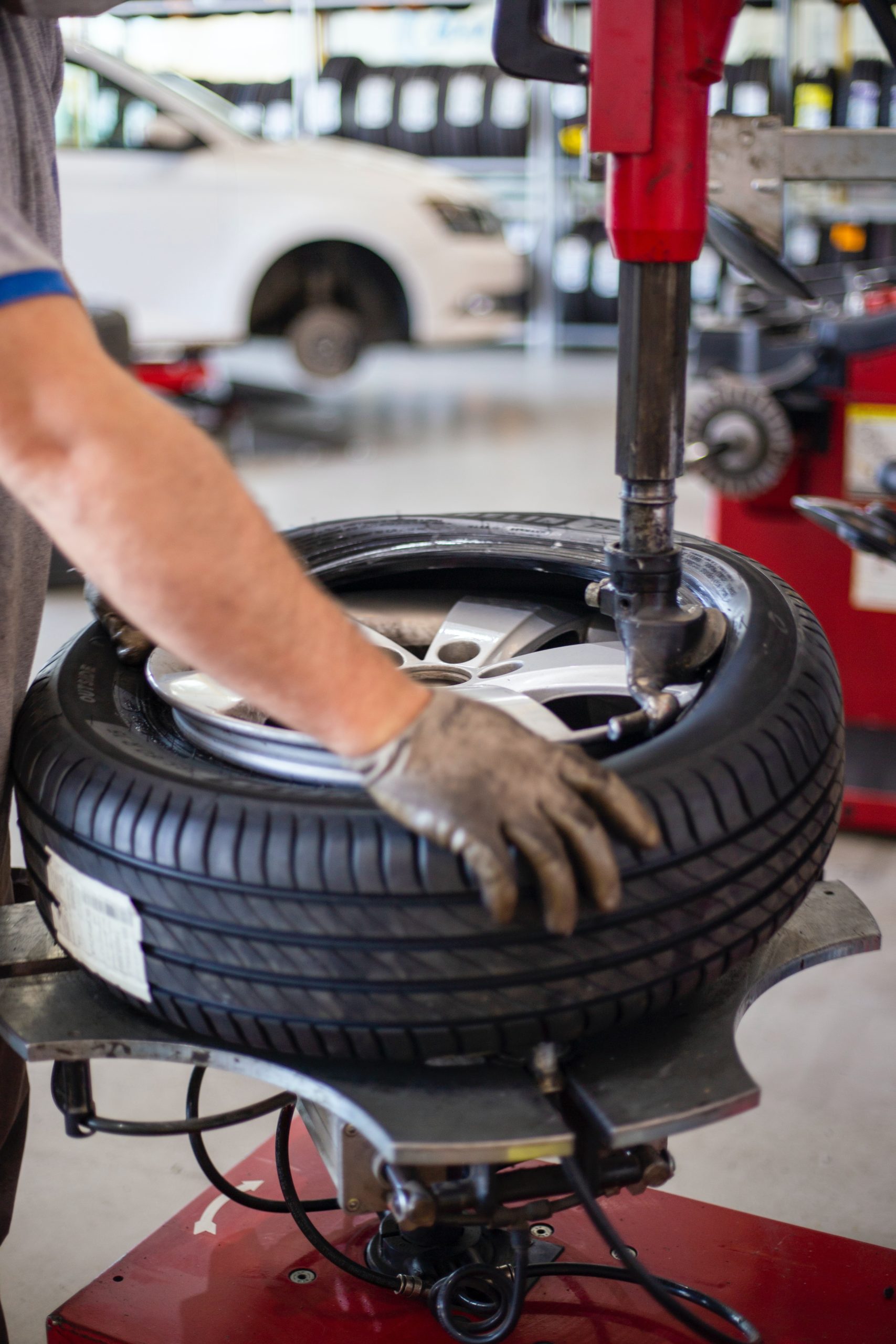Exercises to help reduce stiffness during a long distance trip
Travelling in a car for a long period of time can be exhausting and trying on your body, resulting in stiff joints, tight muscles and mobility issues.
Travelling in a car for a long period of time can be exhausting and trying on your body, resulting in stiff joints, tight muscles and mobility issues.
By H&H Admin
Fatigue is a condition that affects everyone but few motorists realize the dangers caused by operating a vehicle while feeling tired or sleepy.
One of the key elements of safe driving is being awake and competent enough to concentrate on the road. According to South African road accident statistics, motorists who become drowsy or fall asleep at the wheel contribute to thousands of road accidents each year.
Driver fatigue is a physical and mental tiredness caused by lack of sleep or rest over a period of time. Generally associated with long-distance driving, fatigue can set in when the body’s natural rhythm is interrupted.

Feeling tired at the wheel may be caused by a number of reasons such as:

There are a few signs that indicate tiredness and it is important that all motorists are able to identify these early on in their journey. These include:

When driving, it is imperative to take action as soon as you start to feel drowsy.

In the longer term, it is critical to get enough quality rest – between 6 and 8 hours – before you embark on a long journey. This will help reduce the chances of you becoming a road accident statistic and increase the odds of you, your passengers other road users being safe.
By H&H Admin
As exciting as the holiday season is, it can be extremely exhausting. Especially if you have to do last minute shopping and preparations for a long road trip. Being tired could seriously impair your ability to keep safe behind the wheel, putting your family and other road users at risk.
It is highly recommended that you get a minimum of 8 hours sleep prior to setting off for your holiday destination. Also, sticking to the recommended speed limit as well as keeping a safe following distance could significantly reduce your chances of becoming a road accident statistic.
Compiled by H&H Admin
December is the most eagerly anticipated time of the year. It is also the most dangerous time to drive.
Wikipedia defines defensive driving as driving to save lives, time, and money, despite the conditions around you and the actions of others.
You may have covered the basic principles but you may have forgotten them over time, so it’s important to refresh your memory and stay abreast of current trends.

Here are a few practical steps that you can take to increase your safety and that of your loved ones.
There are, essentially, three principles to defensive driving.

Manners cost nothing. It could mean letting someone into your lane or showing gratitude to other courteous drivers. If everyone drove with manners and predictability, the roads would be a much safer place.
As we all know, however, not everyone does. So, assume the worst of others and drive accordingly. Give everyone ample space, and you’ll protect yourself, no matter what they do.

Defensive manoeuvres such as quick braking and swerving to avoid dangers will only work if your car is capable. Ensure your vehicle is in tip-top shape, especially before a long trip over the holidays.
Top up your car’s fluids. Ensure hoses and belts are in good condition and properly attached. Make sure your tyres, as well as the spare, are in good shape and inflated to the correct pressure.


And remember, you’re on holiday and it starts from the moment you hit the road. Don’t be in such a rush that you forget to enjoy the journey. Take a break every two hours to stretch your legs. You’ll stay fresh and alert to dangers.
Start your preparation for the holiday season by ensuring your tyres are in top condition.
Source: TI Auto
With the end of 2020 comes a well-earned break after a long and extremely difficult year. In the first installment of our 3-part holiday driving series, we focus on the importance of driver attitude.
With the end of the year comes a well-earned break after a long and extremely difficult year. Typically, there’s a lot of traveling during this period. In keeping with Continental’s Vision Zero strategy that aims to reduce and eventually eliminate road traffic collisions, injuries and fatalities, we encourage all motorists and their families to play an active role in road safety this Festive Season.
One of the most importance elements of road safety is the driver and his or her attitude when behind the wheel. Follow these basics of safe holiday driving:

If you are planning a long distance drive over the upcoming long weekend or any other, its important that you don’t embark on a trip without making sure that you car can handle the drive. ITs one thing to have a breakdown near your home or in the familiarity of your home city but mechanical failure hundreds of kilometers from the nearest town can be inconvenient to put it mildly.
Before you take to the open road make sure your car is thoroughly inspected, preferably by an expert. These are some of the basic checks a pre-road trip should entail:







As more and more people opt to keep their cars for longer (due to economic reasons), the likelihood of vehicles becoming unroadworthy increases. In turn, the probability of accidents caused by mechanical failure intensifies. In addition to having your car serviced regularly, getting it checked timorously prior to a long distance is vital. Don’t become a statistic, get your car checked before you go on holiday.